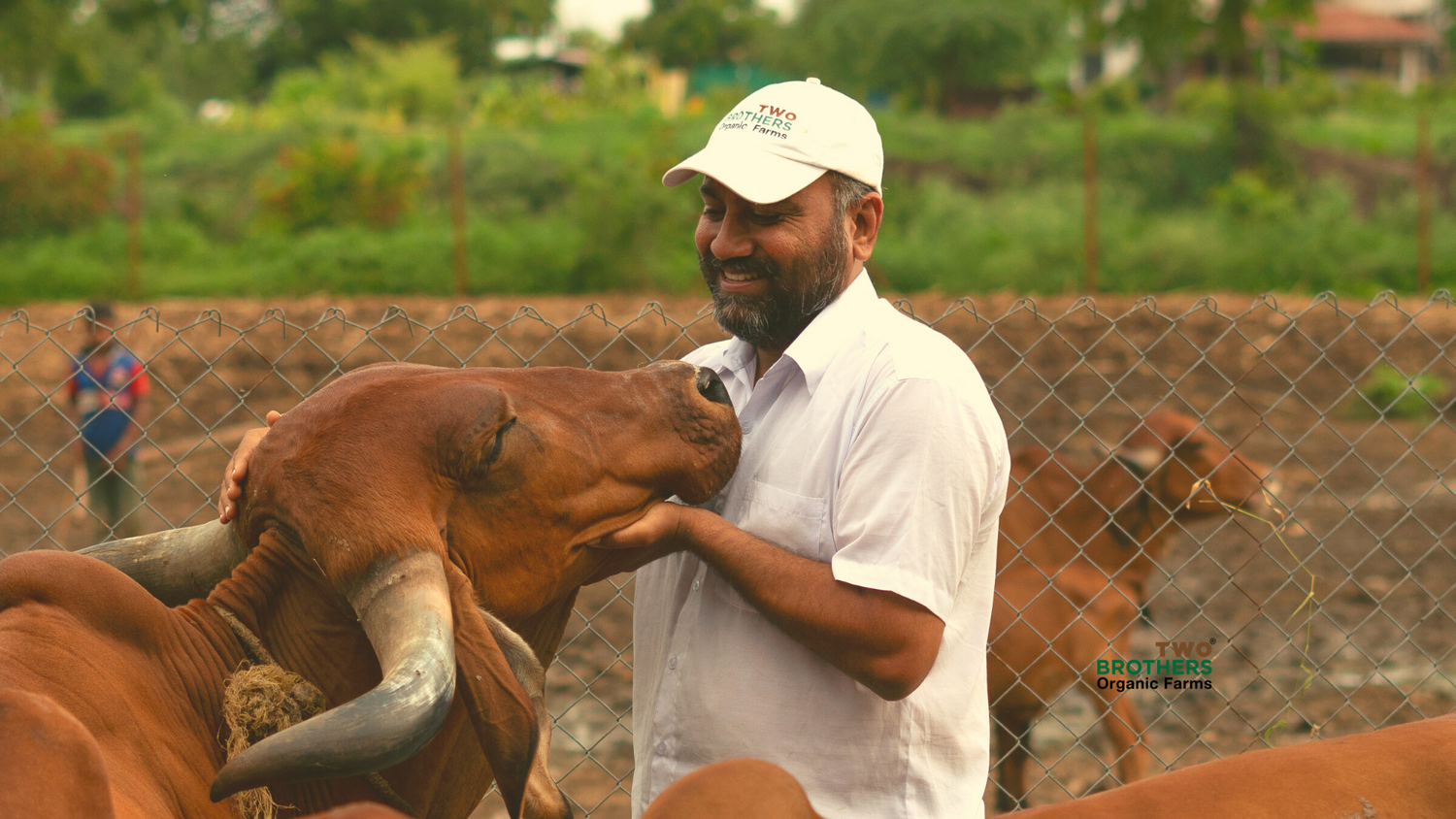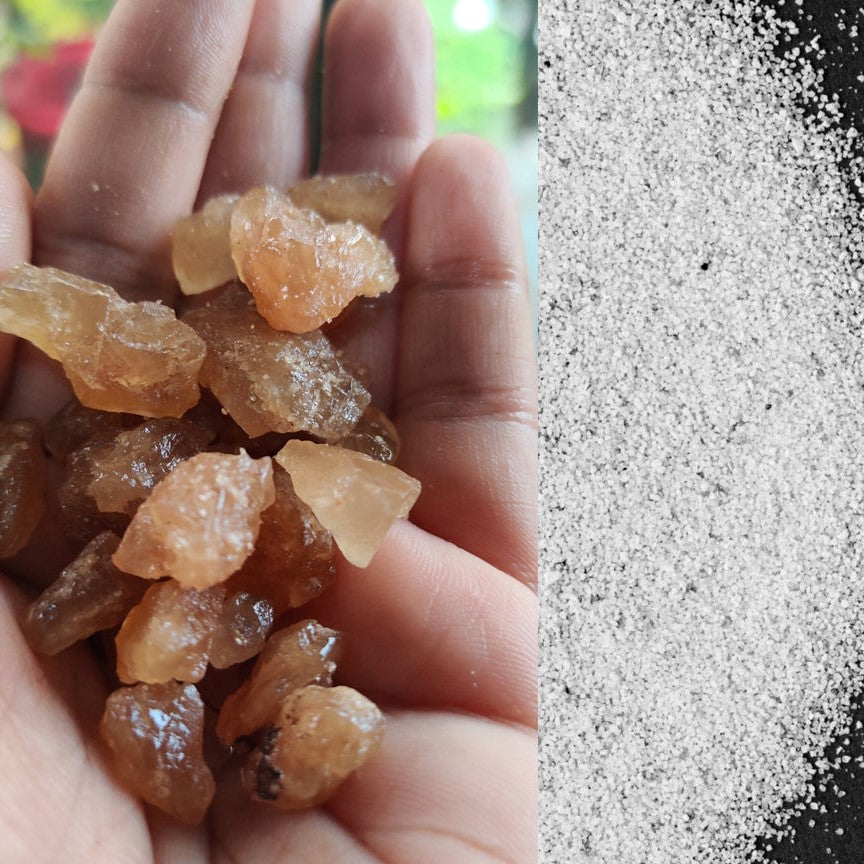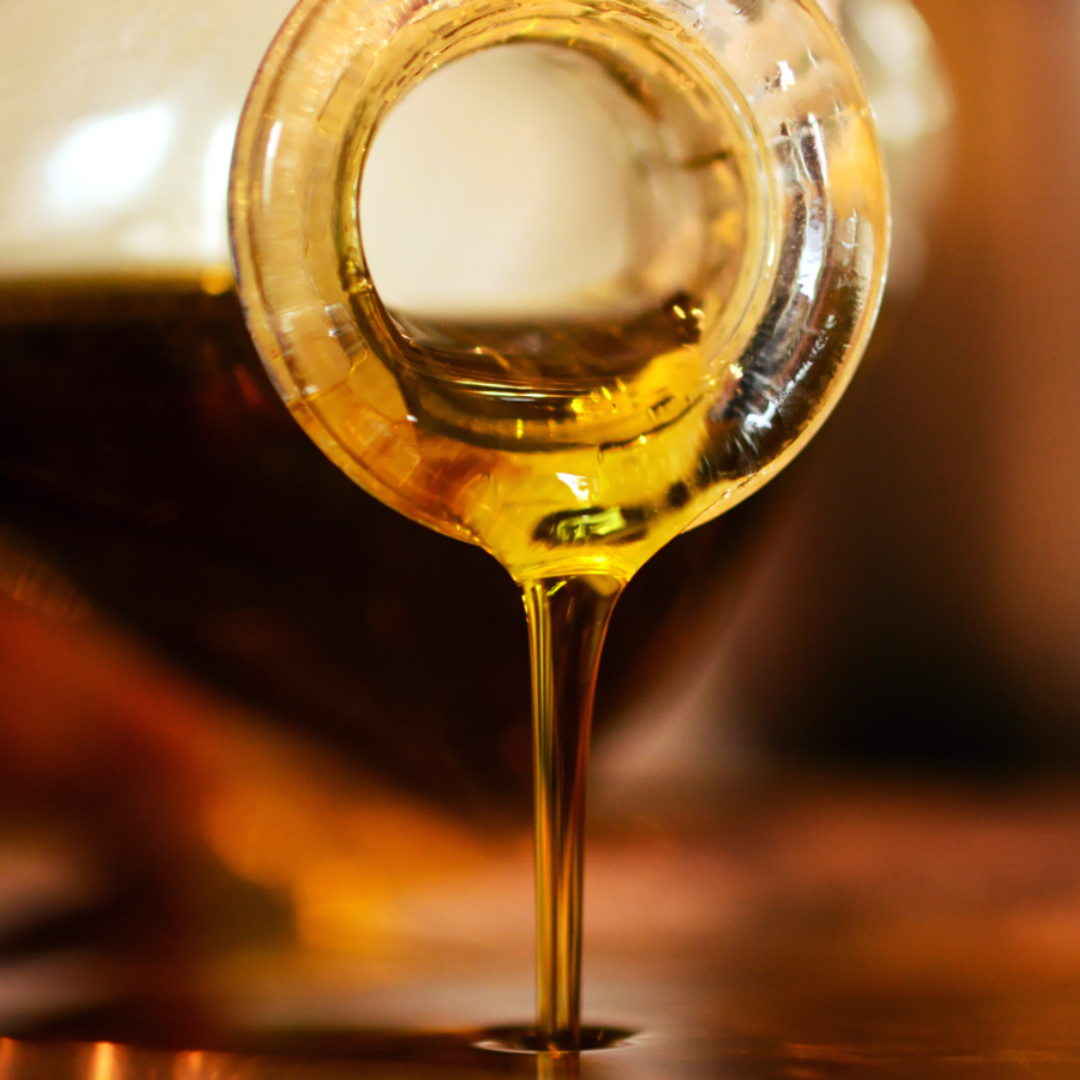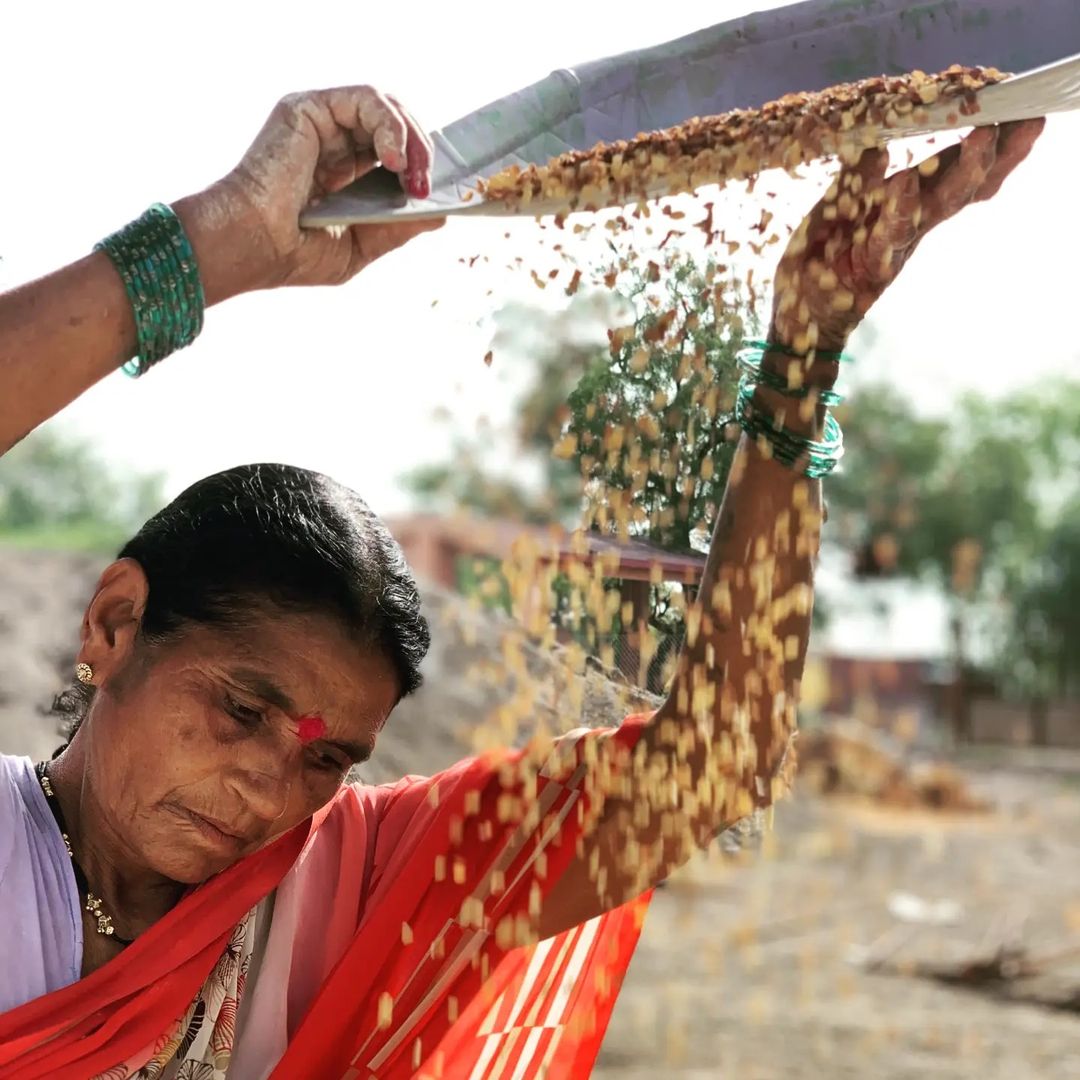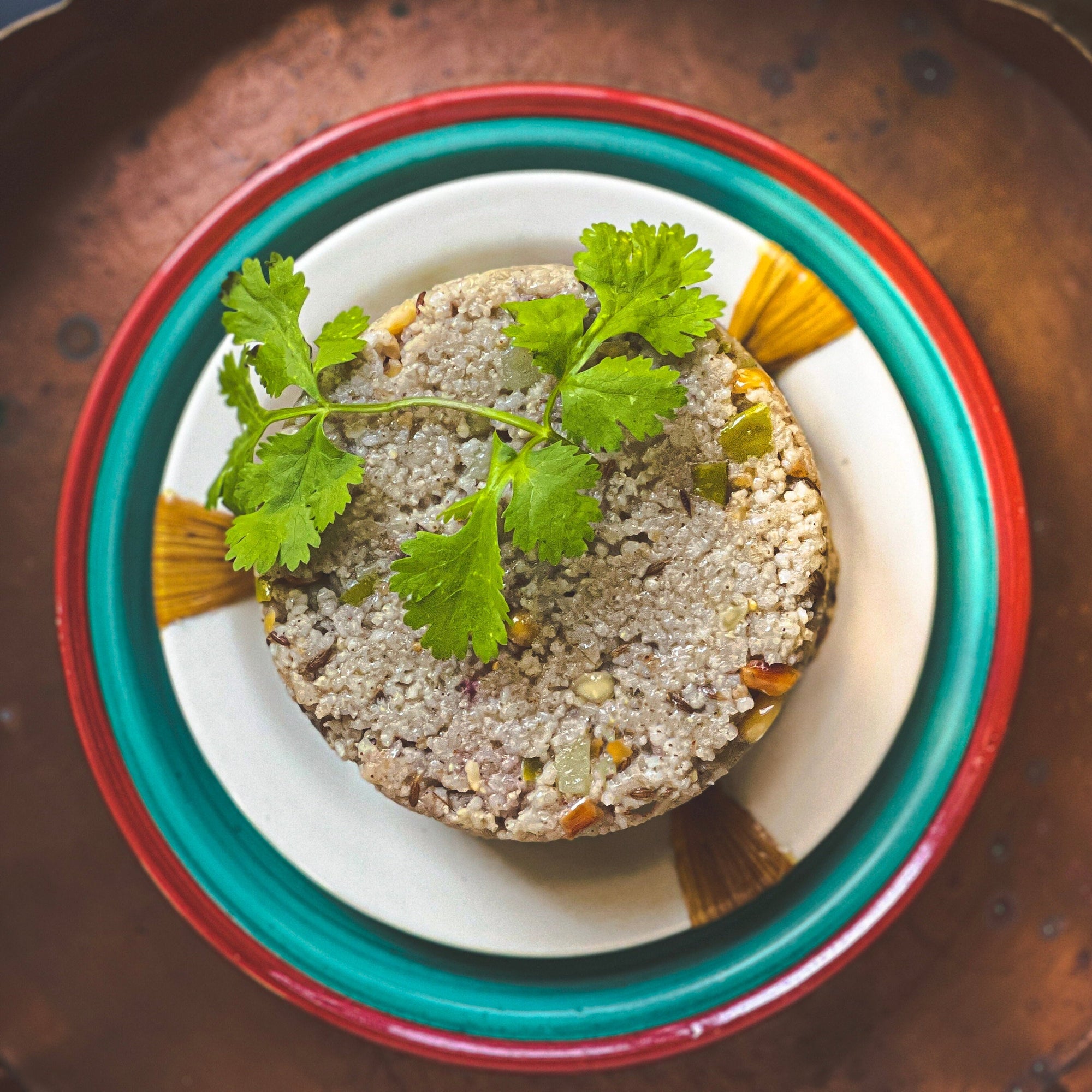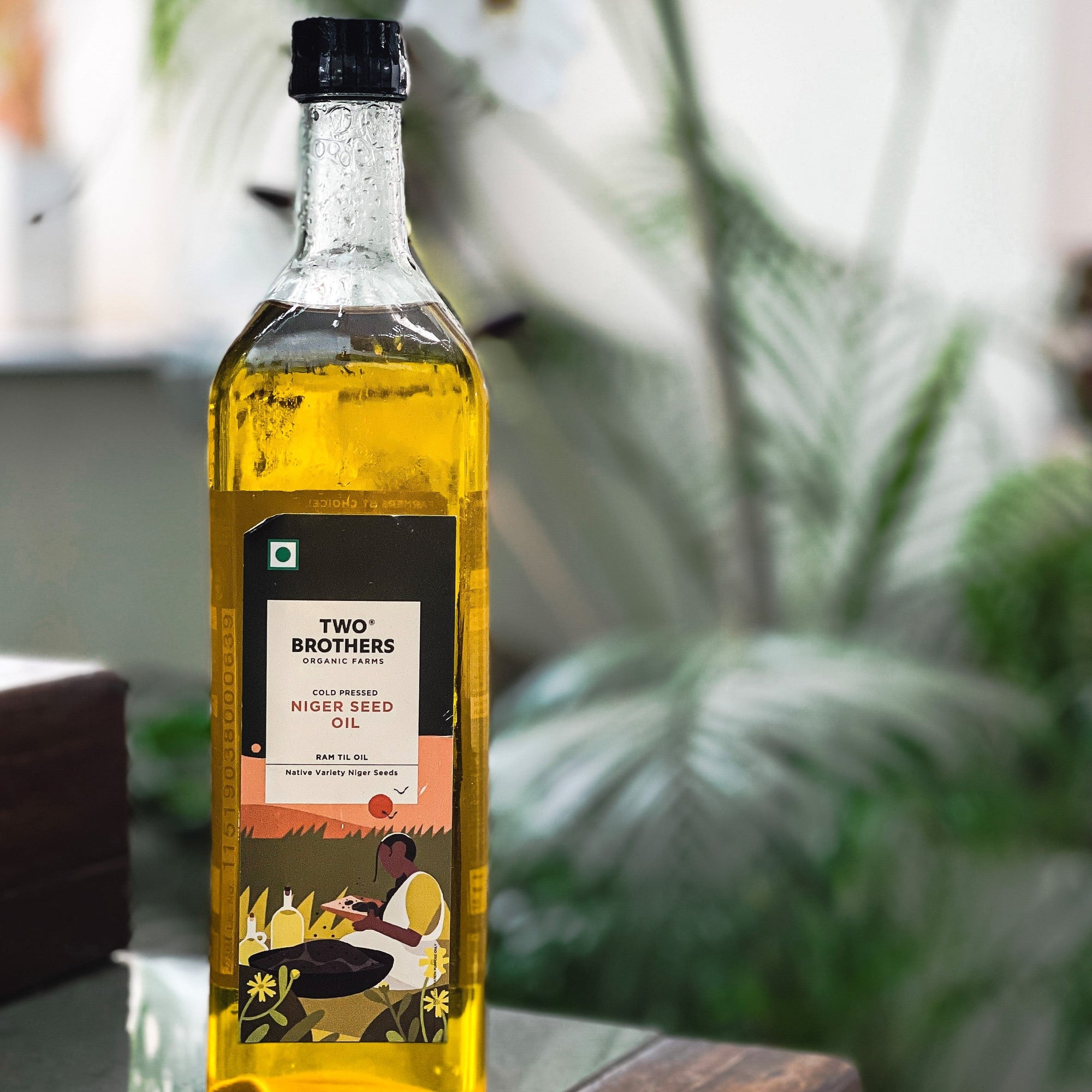
We’re at an age today where we talk about preserving cord blood of the newborn. The thought process is about creating a kind of health bank which the child can later on rely on if she or he needs to.
When mammals (humans included) give birth to their young, there is a whole sequence which involves preparing the new life to face the onslaught of being out in the world. It begins with the mother suckling the newborn with the first milk which is loaded with antibodies. The English name of this new milk is colostrum. In Indian languages there are so many inferences, in the native tongue of each state or community - Cheek, Bari, Kharvas, Seem Paal etc etc all refer to bovine colostrum.
In desi breeds of cows and buffaloes the colostrum is produced in excess of what the young calf needs. The excess if not collected just gets wasted and if not milked, leaves the animal feeling uncomfortable. Bovine colostrum is a part of not just the Indian traditional diet but an ancient one.
When rearing cows was a part of the household chores and the animals were looked after like family, the excess first milk was seen as an offering and became a part of the family diet. The Indian cow was not harmed or put to any torture for this extraction process. It was just a natural circle of man & animal co-existence. Many farm today still practice this kind of beautiful bond. It must be seen to be understood.

Today there is a thought process which is so far removed from that understanding. There is no one to blame for being unable to understand the existence of certain foods in our culinary heritage. With life becoming fast paced and people losing connect with land and an involvement with food sourcing, it is not surprising that the colostrum is something which is fast disappearing from the list of foods.
During the late 90s there was a big shift in the way Indians began perceiving food. Everyone was interested in learning new flavours, trying their hand at cooking and suddenly the English speaking lot of us began to imbibe more of the documented information from the West.
Indian recipes, cooking mediums (cold pressed oils, ghee), traditional utensils and staple foods were shoved away and sealed tightly from our minds which proclaimed them to be unhealthy. Low fat milk, almond milk, soy milk; heaven forbid we partake of full fat cow’s milk. Then where did the colostrum stand a chance to survive this tirade of new food fads?

Back then it was so simple; the cow would go into labour and the birth of the gentle doe eyed calf would be a cause for much celebration. The family would ensure the newborn was fit and the new mother would be fed special grains for regaining strength. After the calf drank its fill, the remaining colostrum would be collected and mixed with sugar and cardamom or saffron and placed in a steamer to make a delicious steamed pudding.
The quantity would be just enough for family members to have a few spoons each. It wasn’t a delicacy just for the taste but more for the reverence associated with partaking of the nutritious first milk. So, nowhere was the thought associated with cruelty or unfair treatment of the animal.
When the vegan movement began to gain force, the first ingredient targeted was in fact cow’s milk. With commercial dairy farming taking over from small home dairy set ups and gaushala practices, the breeds too began to shift from desi to a mix of foreign breeds.
Naturally the milk was no longer the A2 beta casein which the Indian metabolism could process easily. The A1 from the jersey and holstein became the commonly available milk in a nation which has a remarkably large number of native breeds of cattle.
Intolerances, milk allergies and multiple doctors visits later, all fingers were pointed to the Indian obsession for consuming milk. What followed was a tag of cruelty , animal rights, protests and excess focus on plant based milk.
Cows have stopped being wild animals since man took to civilization. As a result these beings have no skills to survive on their own. They are domestic animals meant to be looked after according to their needs. A cow is considered to be the wealth of a household. Her well-being was always paramount. Where do these sentiments get translated into western ideals of veganism?
The most important benefit of including colostrum in our health plan is the pre biotic and probiotic benefits which are vital for gut health. The colostrum is a powerhouse of good bacteria and plumped with antibodies which will strengthen the immune system especially of young children. Colostrum helps in preventing chronic respiratory illnesses and helps in the absorption of important nutrients for the body.
Living in a city, it is not possible for everyone to own a farm or have the space to breed desi cows. But what we can do is to make an effort to identify a farm closest to us and ensure that we pay a visit to get back that connect. Farms and farming are a vital link to human existence. Rearing farm animals maintains an ecological balance which helps in breathing better air, boosts biodiversity and ensures that there are a chain of natural occurrences which remain unbroken.
Inflammation of the gut and intestinal issues hamper growth and general well-being of the body. The colostrum which has been procured in the right manner, from indigenous breeds is proven to be extremely beneficial for stomach and digestive ailments.
Bovine colostrum is available in dehydrated and capsule form, Obviously doubts about which ones are authentic and which can be trusted is a constant dilemma. The search for real food and supporting clean , healthy practices comes with actively searching for farms and individuals who are committed to a holistic lifestyle of nurturing the planet.
What can be a beautiful and harmonious way to live is often tainted by skepticism and a mediocre understanding of the old ways. Often the ones protesting about colostrum may not have a clue about what it takes to raise or care for a cow. When a farmer who bears the distress of the animal with tears in his eyes and tends to her every need lovingly ,takes what he considers to be an offering….where does any other logic even fit inside that equation ?
Let’s pick our battles wisely. The souffle-like steamed pudding made with colostrum ,in the kitchens where time stands still, has a sort of buttermilk taste and is dished up from those well used steamers, with a whole lot of love, from grandmotherly hands. Don’t we owe it to our young to pass that on before it disappears into an unfortunate extinction ?
References -- https://www.archanaskitchen.com/seem-paal-recipe-steamed-colostrum-milk-pudding
- https://www.healthline.com/nutrition/bovine-colostrum#bottom-line
- https://www.instagram.com/p/BpqmDV8gm-l/?igshid=1wpyf8t8c9vcj
Shop Now :
- Shop all:https://twobrothersindiashop.com/collections/all
- Buy Colostrum Powder https://twobrothersindiashop.com/products/amorearth-desi-gir-cow-colostrum-powder

